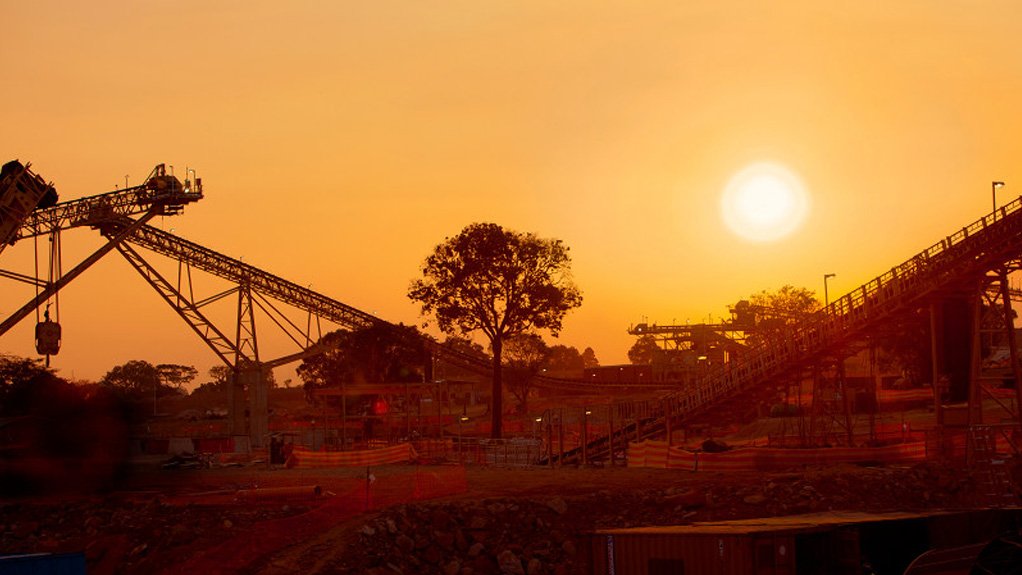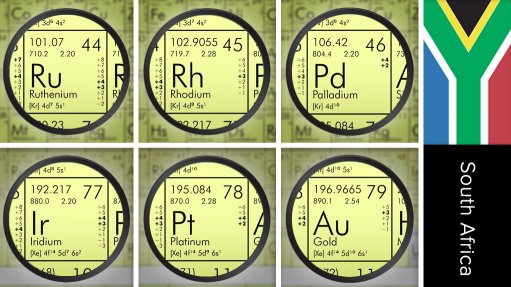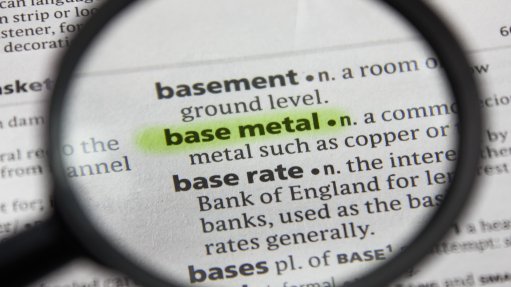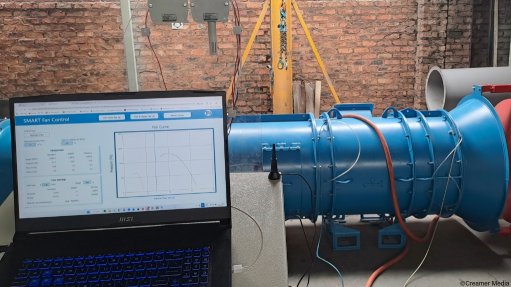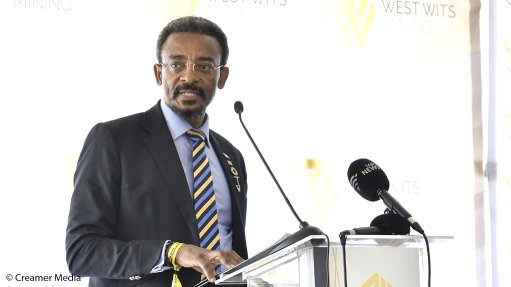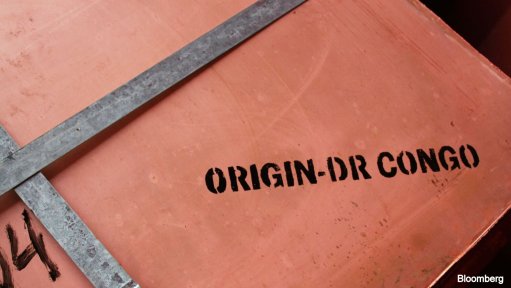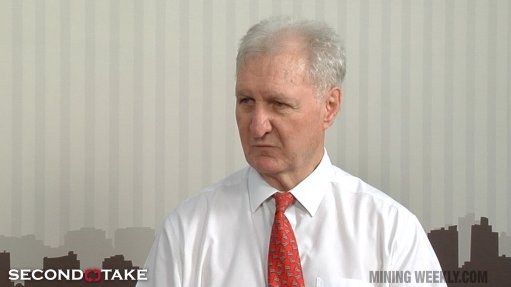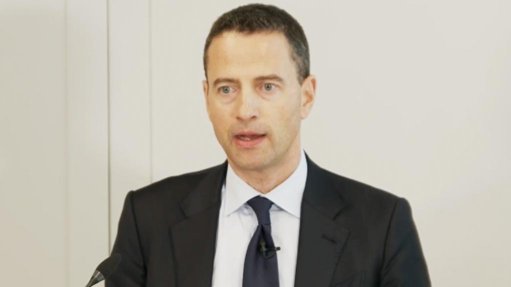Firm says there are risks but also opportunities with new Zambian mining laws
With Zambia in the process of amending its Mines and Minerals Development Act of 2015 through a Minerals Bill, law firm May and Co legal practitioner and Zambian High Court advocate Maloba Nalomba has assured that this is not a complete overhaul of the current mining regime, but rather a series of targeted adjustments designed to refine and enhance the current system.
The Minerals Bill aims to move regulation of the mining sector to a dedicated regulatory body, the Minerals Regulation Commission, which will have the right to sue or be sued.
The Bill also provides for a Mines Appeal Tribunal to be established where aggrieved individuals may appeal to the tribunal according to due process. The tribunal will also provide more specialised and efficient ways for resolving disputes related to mining licences and decisions.
The introduction of the commission is intended to provide a more stable, focused and efficient regulatory environment with minimal political interference, which Nalomba says will ideally enhance regulatory predictability, improve investor confidence and support more effective management and enforcement of mining regulations.
The Mining Bill does limit the number of mining rights one company or individual can hold to five, but the legislation allows for exceptions under certain circumstances.
The legislation also proposes the acquisition of mining interests by government by acquiring an interest in a proposed exploration area before granting an exploration licence to an applicant.
Once minerals are discovered, the Bill states that the Minister of Finance shall maintain the interest acquired under the exploration area. However, Nalomba explains it is unclear what this interest will be and how much the Ministry may be entitled to own.
“Investors need to be aware of these requirements to manage risks effectively and comply with regulations,” she states.
Meanwhile, the incoming Geological Bill in Zambia provides for geological survey, mapping and exploration of minerals.
Nalomba says about 50% of Zambia has been mapped and government intends to undertake high-resolution aerial surveys in various parts of the country, including the Copperbelt. The enactment of the new law will facilitate effective mapping, which investors can benefit from in the form of detailed geological data on potential mineral deposits.
Importantly, the Geological Bill has stringent local-content requirements, which are intended to be enforceable against holders of mining licences, contractors and subcontractors.
Nalomba says the Bill provides for the establishment of a local-content unit, which will form a department in the Ministry of Mines, to oversee, coordinate and manage the implementation of the regulations.
The powers of the unit may include entering a mining company and demanding to see the local content plan for the purpose of compliance. Where licensees wish to recruit expatriates, they will be required to submit an application to the unit for approval.
Nalomba emphasises that expatriates may not be employed for non-technical services and non-engineering roles. Licensees will also be required to submit for approval a supplier development programme aimed at assisting citizen-owned companies – companies with these programmes will be granted tax incentives as determined by the Zambia Revenue Authority.
Nalomba stresses the immense investment potential in Zambia given its abundance of copper, cobalt, lithium, nickel and manganese deposits. She lauds the Zambian government for having designated an industrial park on the Copperbelt for the manufacturing and assembly of electric vehicle (EV) batteries, which presents opportunities in the manufacturing of parts of EVs and batteries.
Article Enquiry
Email Article
Save Article
Feedback
To advertise email advertising@creamermedia.co.za or click here
Press Office
Announcements
What's On
Subscribe to improve your user experience...
Option 1 (equivalent of R125 a month):
Receive a weekly copy of Creamer Media's Engineering News & Mining Weekly magazine
(print copy for those in South Africa and e-magazine for those outside of South Africa)
Receive daily email newsletters
Access to full search results
Access archive of magazine back copies
Access to Projects in Progress
Access to ONE Research Report of your choice in PDF format
Option 2 (equivalent of R375 a month):
All benefits from Option 1
PLUS
Access to Creamer Media's Research Channel Africa for ALL Research Reports, in PDF format, on various industrial and mining sectors
including Electricity; Water; Energy Transition; Hydrogen; Roads, Rail and Ports; Coal; Gold; Platinum; Battery Metals; etc.
Already a subscriber?
Forgotten your password?
Receive weekly copy of Creamer Media's Engineering News & Mining Weekly magazine (print copy for those in South Africa and e-magazine for those outside of South Africa)
➕
Recieve daily email newsletters
➕
Access to full search results
➕
Access archive of magazine back copies
➕
Access to Projects in Progress
➕
Access to ONE Research Report of your choice in PDF format
RESEARCH CHANNEL AFRICA
R4500 (equivalent of R375 a month)
SUBSCRIBEAll benefits from Option 1
➕
Access to Creamer Media's Research Channel Africa for ALL Research Reports on various industrial and mining sectors, in PDF format, including on:
Electricity
➕
Water
➕
Energy Transition
➕
Hydrogen
➕
Roads, Rail and Ports
➕
Coal
➕
Gold
➕
Platinum
➕
Battery Metals
➕
etc.
Receive all benefits from Option 1 or Option 2 delivered to numerous people at your company
➕
Multiple User names and Passwords for simultaneous log-ins
➕
Intranet integration access to all in your organisation



